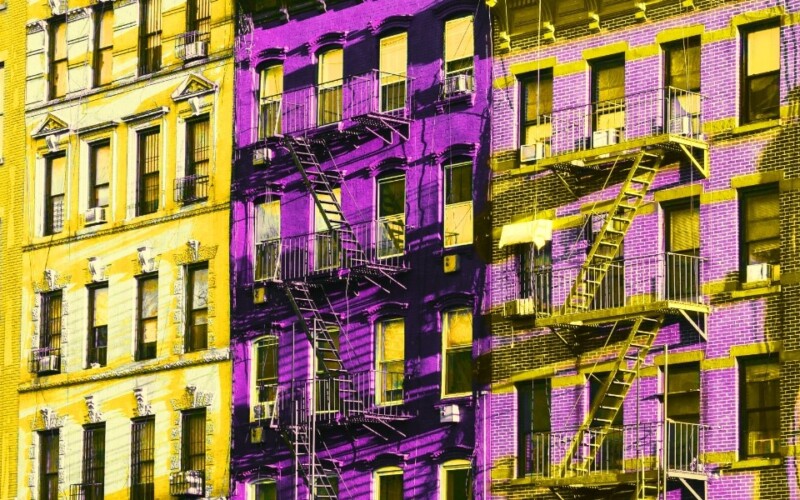
Virtually all major cities are confronted with the dichotomous field of gentrification and the opposing interests it entails. Gentrification drives refurbishments, spruces up older building complexes for new forms of use and gives entire districts a new lease on life: would we even have co-working spaces, penthouse parties, artist lofts and Parisian studios without gentrification? But there is a flip side to reinvigorating extremely run-down neighbourhoods: it pushes up the prices.
“Gentrification is the process of changing the character of a neighbourhood through the influx of more affluent residents (the ‘gentry’) and investment.’ (Wikipedia). Socio-economic structural transformation, increase in attractiveness and influx of more affluent residents: Just reading these words gives us some idea of the discussions and challenges associated with the trend towards ‘gentrification’. But we should bear in mind that the trend is by no means new.
London was being ‘gentrified’ as far back as 1888. This was a time in which middle-class families were increasingly moving into Islington, a neighbourhood originally inhabited by workers. The outcome: a significant transformation of the social structure and increased purchasing power, accompanied by changes to the buildings and infrastructure. But even that was just the beginning. In her 1964 analyses, the British urban sociologist Ruth Glass observed that similar developments had taken place even a century before. This was a time when the low aristocracy (gentry) moved back to the city centres – and in doing so coined the term.
From then on, the buzzword ‘gentrification’ became imbued with a more socio-political, combative meaning and a negative undertone, forcing the many positive aspects associated with this ‘wave of revitalisation’ into the background. But the gentrification process certainly comes with enough positive aspects: it is not uncommon for the actors, the ‘drivers’ of these processes, to be (sub)cultures with demonstrably high potential to bring progress in fashion, art, consumption, even in architecture and generally in an ‘unusual’ lifestyle. Among the hallmarks of ‘gentrifiers’ – which include protagonists of youth/
Whether the city is known as a hub of fashion, art, industry or tourism: all urban centres around the world are undergoing gentrification processes. Indeed, the list of examples is long and would probably never be complete. ‘Artist districts’ in particular are undeniably attractive for businesses and tourists, aside from their inspirational and cohesive appeal. The ‘non-conformity’ of their residents as mentioned above, their stylistic confidence and the focus on structures that deserve to be preserved are clearly positive aspects that enrich the occasionally neglected areas and increase their attractiveness.
But the following still applies to gentrification, as it does to every form of location and project development that prioritises revitalisation and refurbishment. everyone involved must proceed prudently and carefully weigh up the various viewpoints and opportunities. If done correctly, this will create a vibrant, productive blend of uses and a lively cityscape.
Read more (optional):
A detailed look at gentrification
https:/
Gentrification case Athens:
https:/
Trend terms in the construction industry